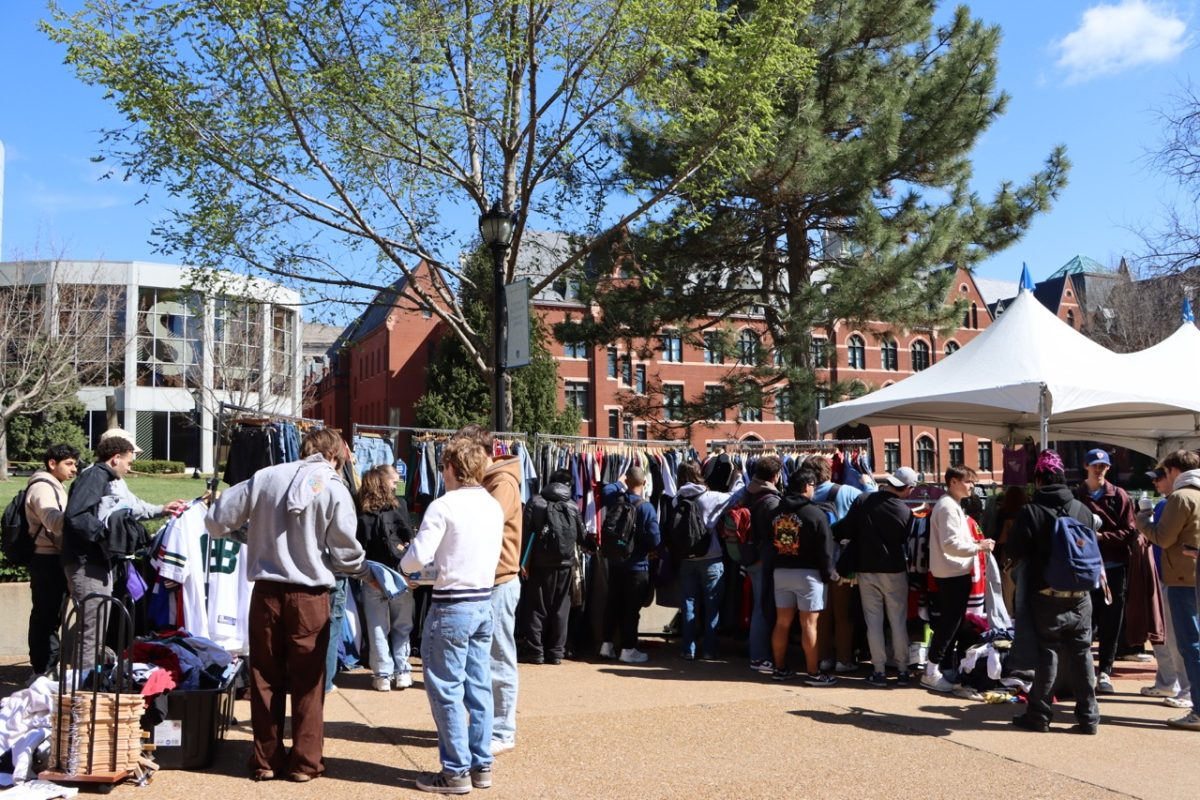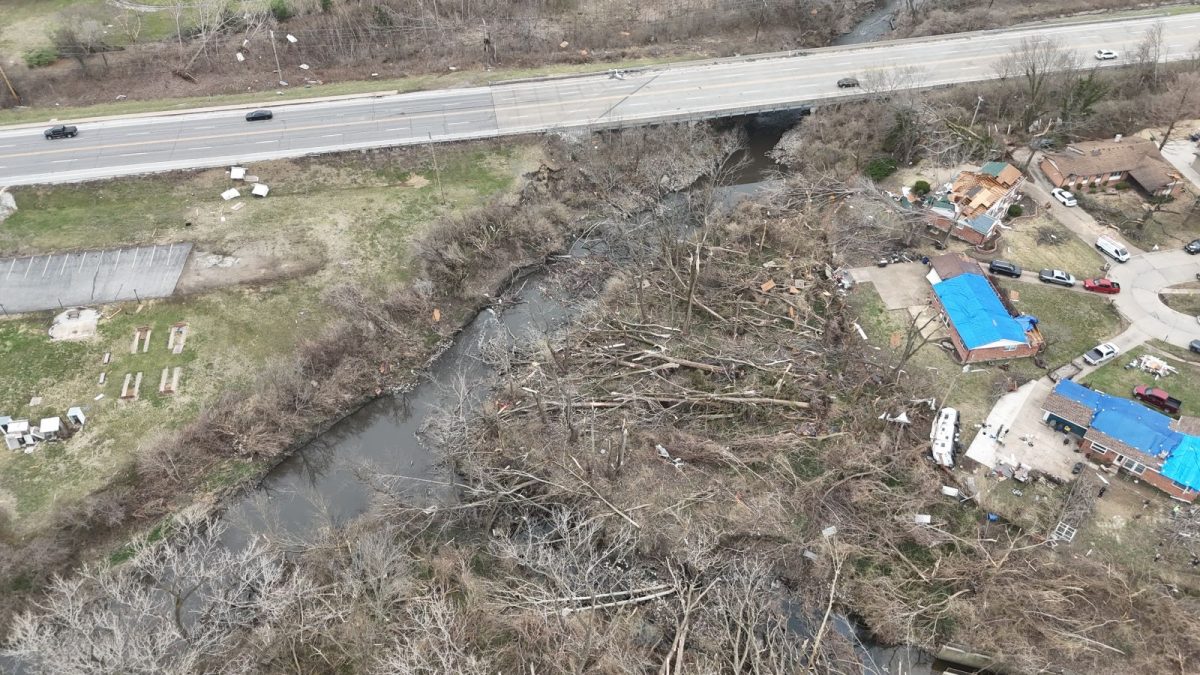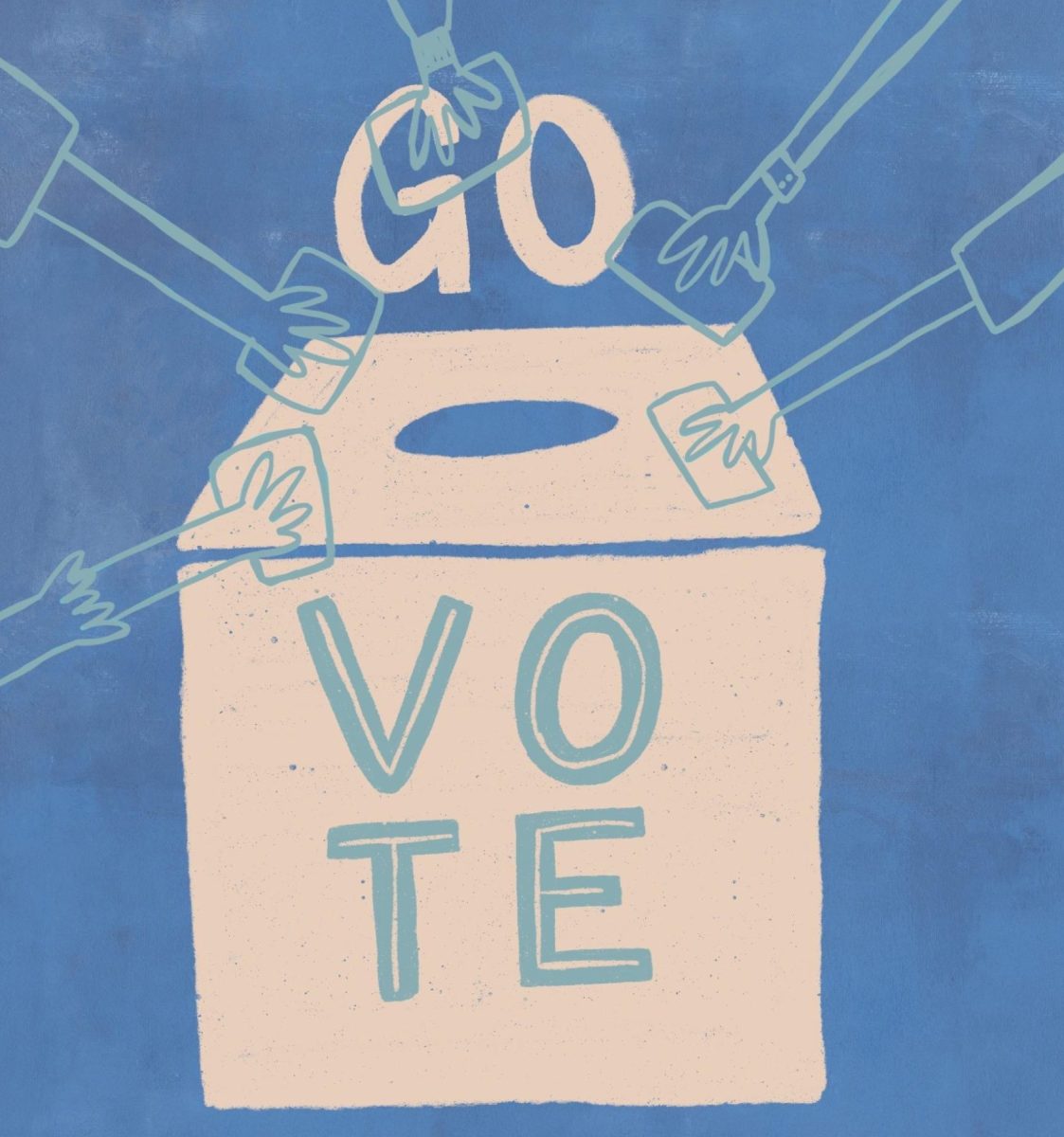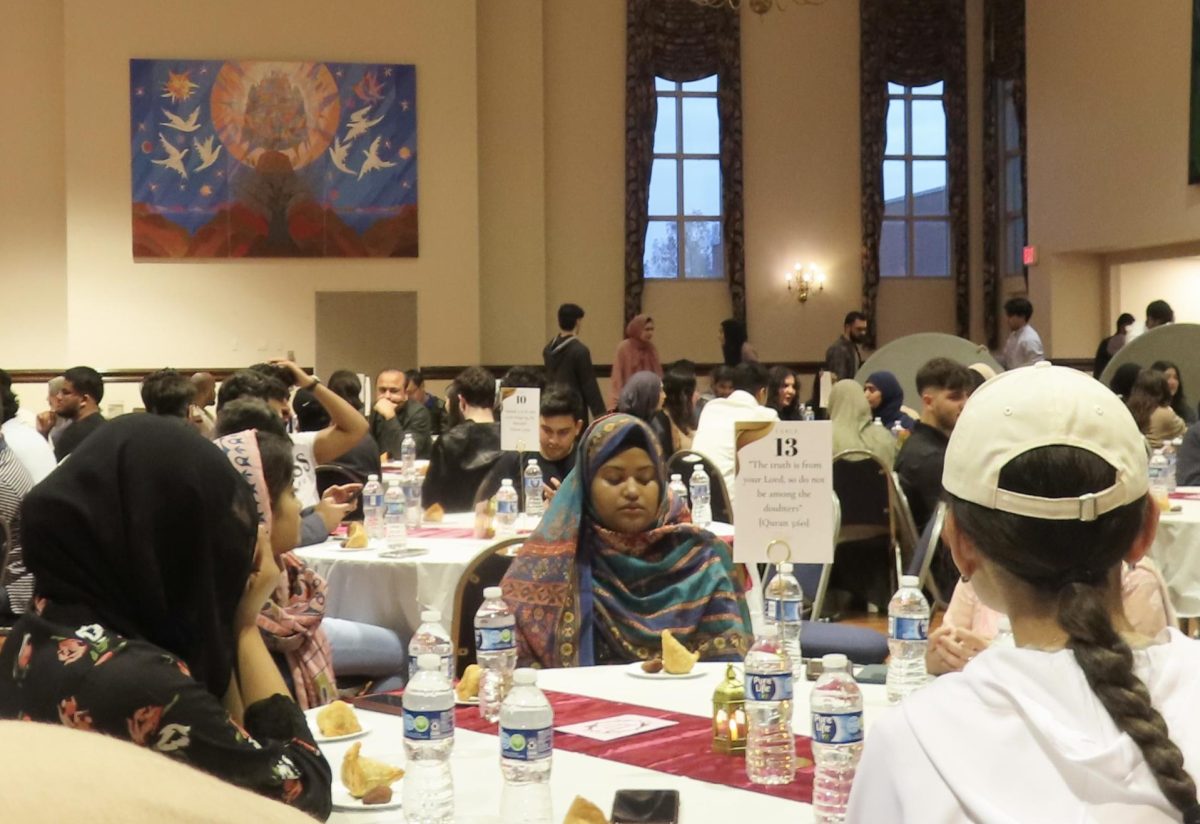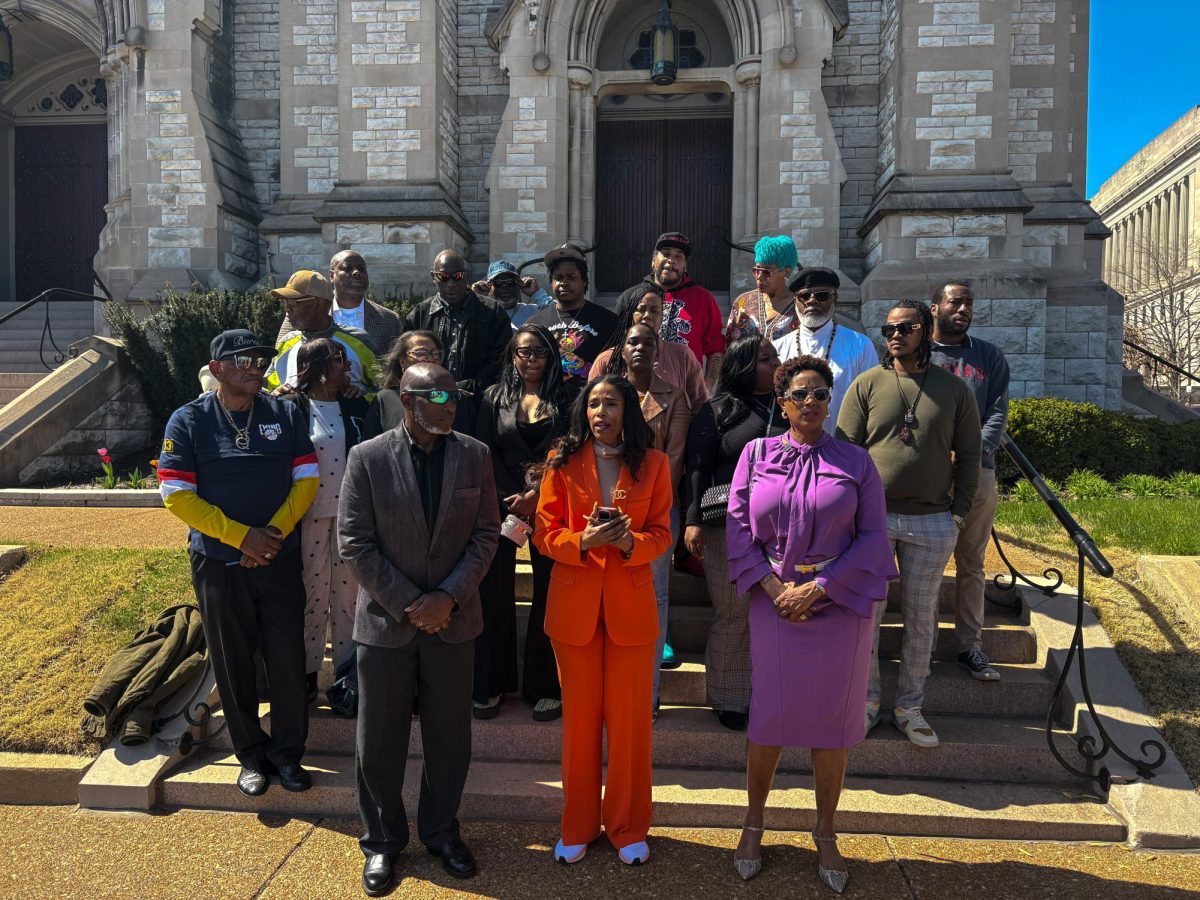Every year, colleges in the United States are mandated to
release a report of campus crime, in compliance with the Jeanne
Cleary Disclosure of Campus Security Policy and Campus Crime
Statistics Act of 1990. Known as Cleary statistics, this
information allows prospective and current students to make a
determination about how safe a campus is.
For 2003, Saint Louis University reported only two instances of
rape, a statistic indicating that such crimes are not a problem on
SLU’s campus.
A more commonly recognized statistic, however, estimates that
only five percent of rape victims report the crime to
authorities.
“Many victims of rape and sexual assault don’t report the
incident because of the resulting emotional stress,” said Dr.
Terisa Remelius, the University’s judicial affairs officer.
“Victims often put the blame on themselves…but this is not how we
handle the matter judicially,” Remelius said.
The vast majority of rape incidents–between 75 and 80
percent–are “acquaintance rapes,” also referred to as “date
rape.”
“In 80 percent of date-rape situations, alcohol is involved in
one or both, victim and perpetrator,” said Claudia Charles,
counselor for the Student Health and Counseling Center and
coordinator of Sexual Health and Alcohol Peer Educators, or
SHAPE.
Both of these statistics, for obvious reasons, are a cause for
concern on any college campus.
“It’s a problem that we deal with,” Charles said. “People are in
various stages of wanting to deal with it.” Rape and the use of
date-rape drugs are very real, even if they surface more often in
the rumor mill than they do in crime reports.
“Date-rape drugs can be slipped into your drink…one of the
latest things I’ve heard is that people are putting it in straws,”
Charles said. “GHB is odorless, colorless…it’s very hard to
detect. If you shake the container, you’ll see some soap suds.
Rohypnol, there’s no good way to detect it; but GHB is what people
tend to be slipped, more than others.”
If a person thinks that his or her drink was “roofied,” it is
possible to get tested for the presence of these drugs in one’s
system, up to 72 hours after they were imbibed, Charles explained.
“But it leaves your system pretty quickly,” she said.
If a sexual assault should occur, one option for students is to
call Student Health and Counseling. “We’re always available 24
hours a day, seven days a week. With sexual assault, we will come
down on campus and be there with the student throughout the
process,” Charles said.
Students can report an incident to the Office of Judicial
Affairs without immediately implicating anyone. “We try to make it
as comfortable as possible for the victim,” Remelius said. “When a
person is raped, control of the situation is taken away from them,
and we try to give control back to the victim.”
When a student comes forward with a report, he or she has the
option of learning about the resources available to him or her
before naming the perpetrator.
“As soon as we have a name, we have to act,” Remelius said. “We
are protecting the whole community.”
Should the student choose not to go forward with the process,
however, the incident will still be recorded as part of the Cleary
statistics for that year.
“If people don’t report these incidents, we don’t know to look
for them,” Remelius said. “An anonymous report is better than
nothing.”
“People think that you can get away with [rape and sexual
assault] because they are rarely reported,” Remelius said. “This
gives a false sense of security to perpetrators.”
Students may also report sexual assault and rape anonymously
within their residence halls in order to keep people informed.
“Victims may feel an obligation to keep other people safe,”
Remelius said, and anonymous reports give them the opportunity to
do so.




